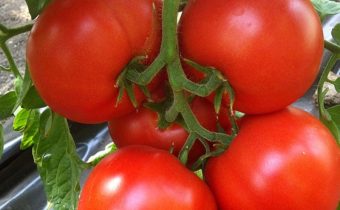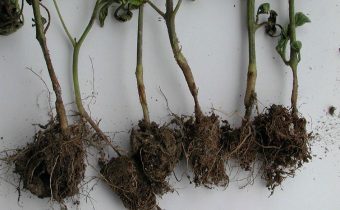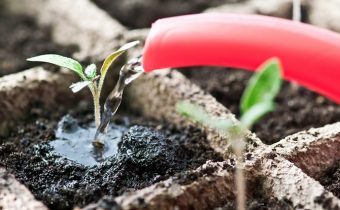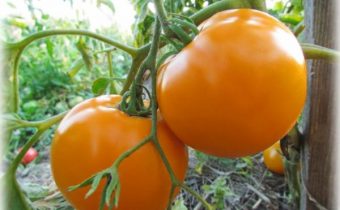The correct way to watering orchids is immersion
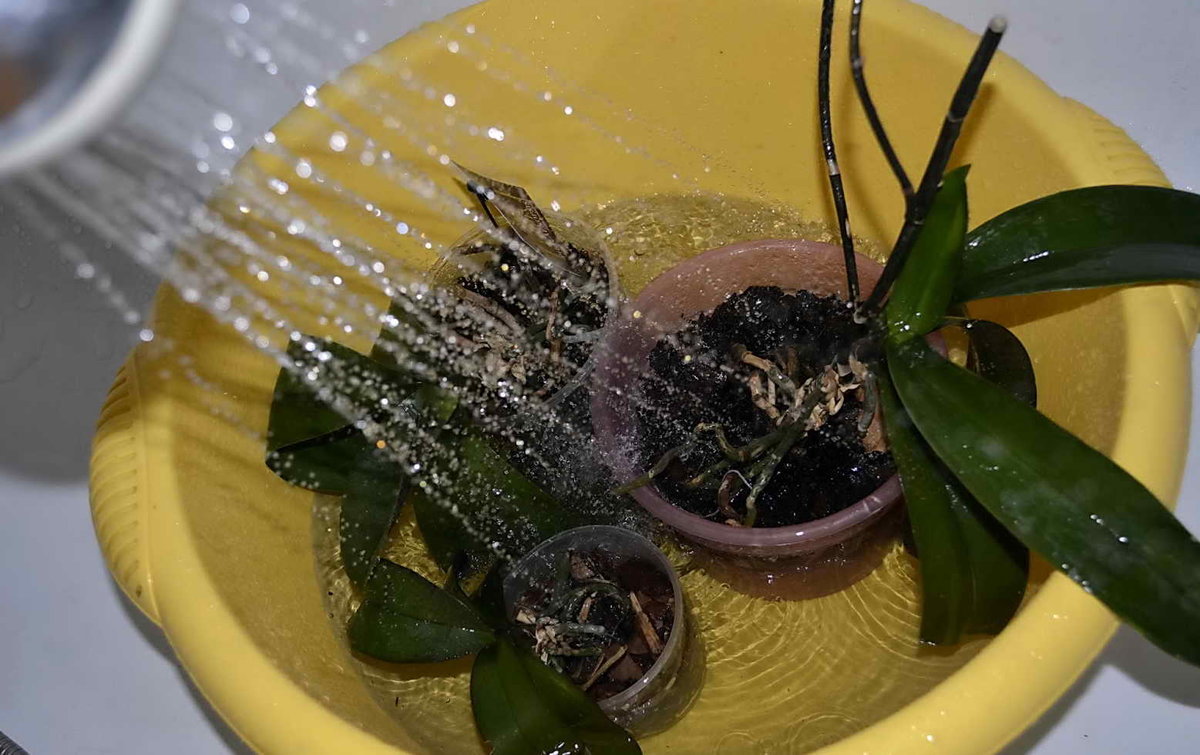
Orchid care at home is based on the peculiarities of its structure - the open root system is able to absorb moisture from the air, and the leaf pulp and pseudobulb contain moisture that helps to endure short-term drought. The state of the roots directly influences the development of the plant, the duration of flowering, so proper watering and quality water play a big role in their functioning.
Watering requirements
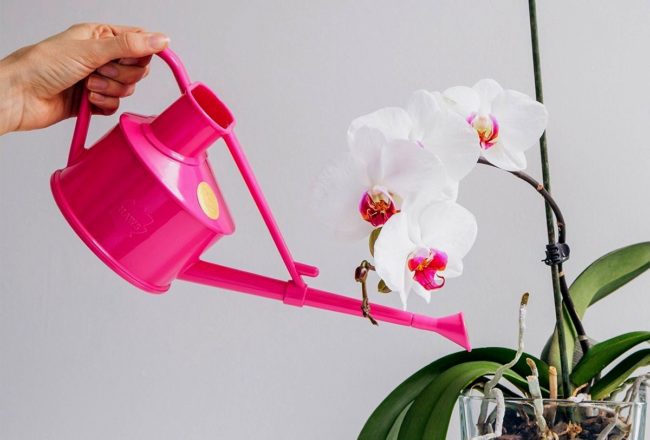
To bring the flower maximum benefit and do no harm, when watering it is necessary to take into account the quality and volume of water, the needs of the plant, the regularity of the procedure
With an excess of moisture, the acidity level rises, the soil stops breathing, fungal and bacterial infections begin to develop in it, with a lack of alkalization, small thin roots dry up.
Water for irrigation
For orchids, water is not only a source of moisture - it is a supplier of nutrients necessary for growth and flowering. If it is poor-quality and contains complex inorganic compounds, surplus of various mineral substances, pathogenic microflora, this directly affects the condition of the roots, leaves, stems, decorativeness of the whole plant and causes the disease of the flower, and sometimes its death. Too cold leads to putrefactive processes in the roots.
What kind of water can be used:
- separated plumbing, at room temperature (or slightly warmed up), if it is tough (lots of calcium and magnesium), then apply ways to soften it (boiling, baking soda, vinegar, filtering through, settling, freezing);
- rain collected outside the city limits - to apply after a long time settling in a cool room;
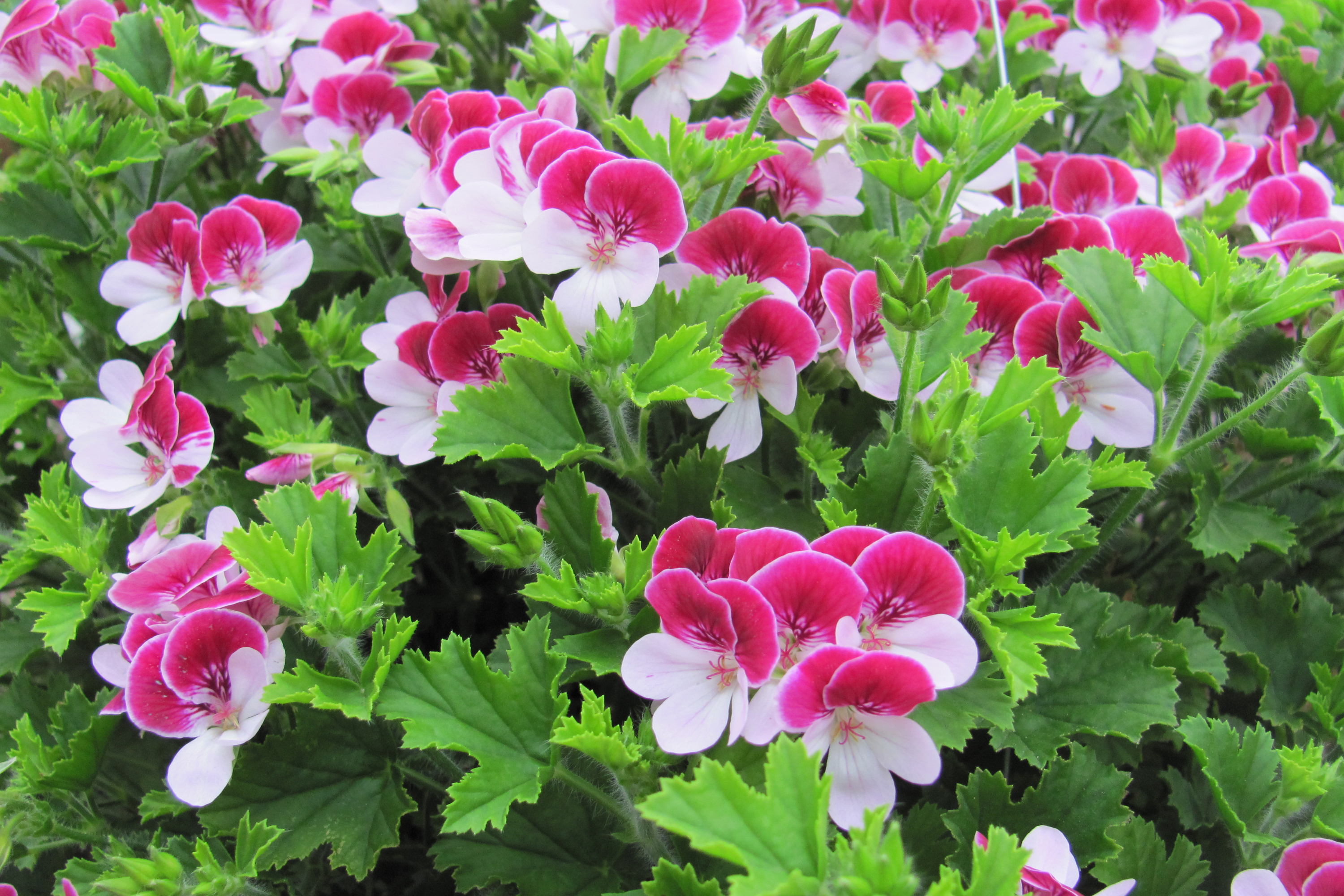
- warm (30 ° -35 ° C) boiled - soft, well absorbed by the roots, when boiling chlorine compounds evaporate, salts precipitate, harmful microflora dies;
- a mixture of distilled and tap in the ratio of 1: 2, if the water is very hard, in a ratio of 1: 1, if it is of medium hardness;
- purified (filtered) - when passing through the filter, excess iron, calcium, magnesium precipitates on it.
When to water
The benchmark is the condition of the soil (substrate) - if it is wet, then it is not necessary to water, and the plant itself (leaves, pseudobulbs) accumulates a certain amount of moisture, which will save with a slight delay in irrigation.
During the irrigation, the conditions in which the flower is located - if the pot is not located in direct sun, there are no sudden temperature changes, you can moisturize the soil in any part of the day, if it is in a cool room, then the best time is morning. Ahead of the day, a lot of moisture will evaporate and by the night in a cool room the flower will be comfortable.
In winter, the flower needs less moisture due to slower growth; with the arrival of spring, all processes are activated, so the amount of applied moisture should be increased. During the period of tying buds and flowering is especially important to observe the norms and mode of hydration.
Methods for determining soil moisture:
- if the pot is heavier than usual, the soil has not dried out;
- stick a dry stick in the substrate and wait a few minutes - the stick became wet, it means you do not need to water it, if it remains dry, then moisture is required;
- there is condensation on the walls of the tank - watering is early;
- greenish shade of the roots indicates a sufficient amount of moisture, if they are grayish-white, then watering is required.
Watering options
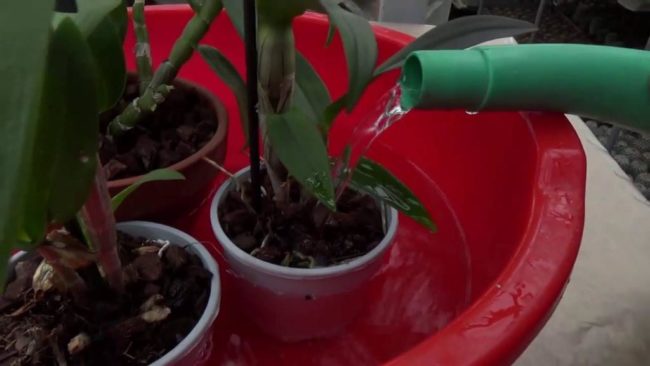
The choice of method depends on the composition of the substrate, orchid variety, capacity, humidity level in the room. It is not necessary to always use the same method - they can be changed and combined.
Orchids growing in the bark are suitable for all options except spraying.
How to water:
- Immersion is used for epiphytic orchids growing in a basket or in a container with holes in the bottom and walls. Flower for half an hour to put in a larger vessel filled with warm water (25 ° -35 ° C) - it should not overflow over the edge of the basket, and after complete impregnation of the soil rise above the neck. Then get, put in the pan to the glass excess liquid. The method can be applied no more than once a week. It is suitable not only for irrigation, but also for supplements, when fertilizers are dissolved in water.
- Watering can (without a scatterer) - slowly, trying not to get into the sinuses, pour water on the roots until it begins to pour into the pan. Drain the excess from the pan, repeat the procedure another 1-2 times with an interval of 3-5 minutes, then blot the sinuses with a napkin.
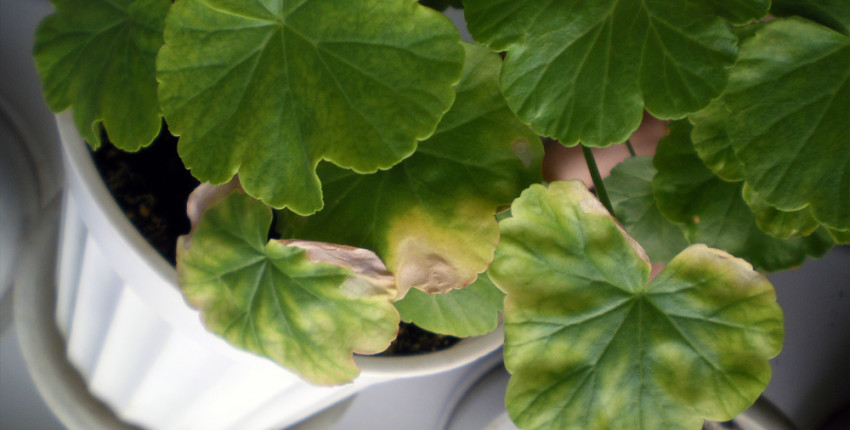
- A shower (warm) washes away the dust on the leaves, cleans the pores - send a stream to the leaves, if possible without getting on the flowers. Watering finish when the substrate is saturated. After some time, dry the sinuses with a napkin.
- Spraying is convenient to use for orchids growing in blocks or in a substrate, as the roots dry out there quickly. It is better to water in the morning, so that the roots dry up before night.
- Using a pallet - put the pot in a pan with water and wait until the soil or substrate is fed. Rinse the tray once a month to wash off residual salts. The method is not suitable for rough substrate - it absorbs water poorly.
- Watering in a closed container (no drainage holes) - pour water to the neck, after half an hour drain. The method is not suitable for orchids in the soil.
Orchid health, its development and flowering largely depends on proper wateringtherefore, it is necessary to treat it responsibly, taking into account the state of the plant, soil, environment.


